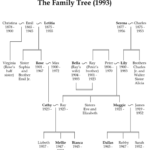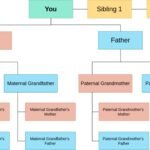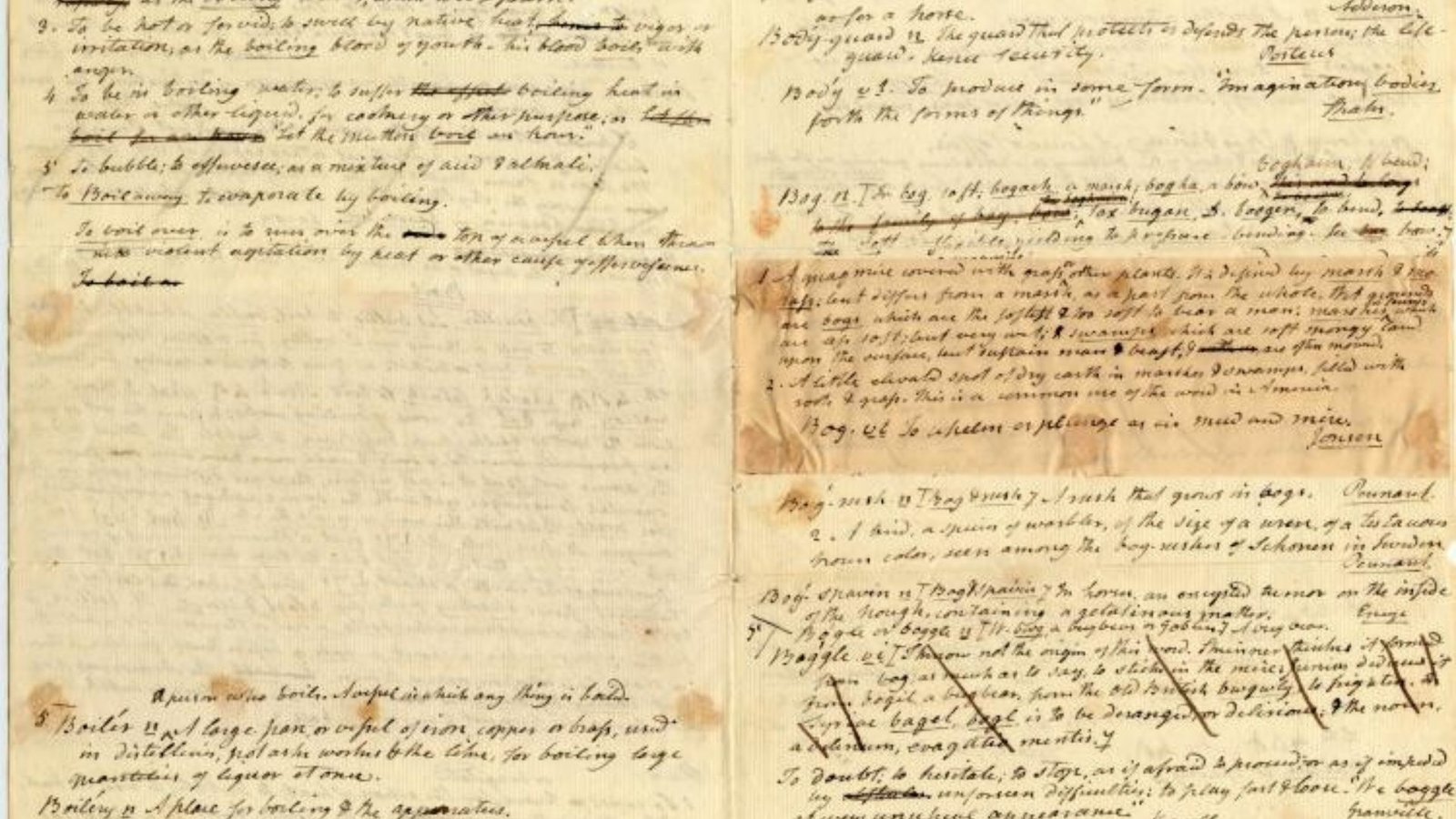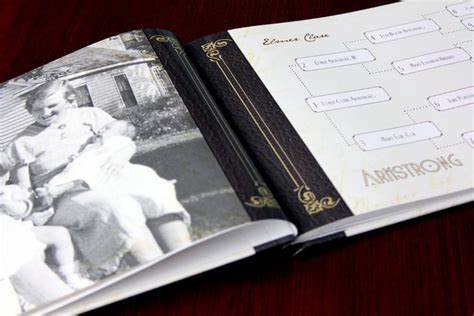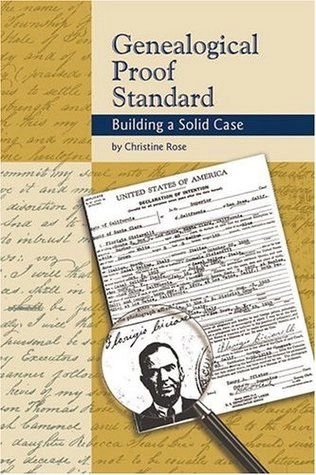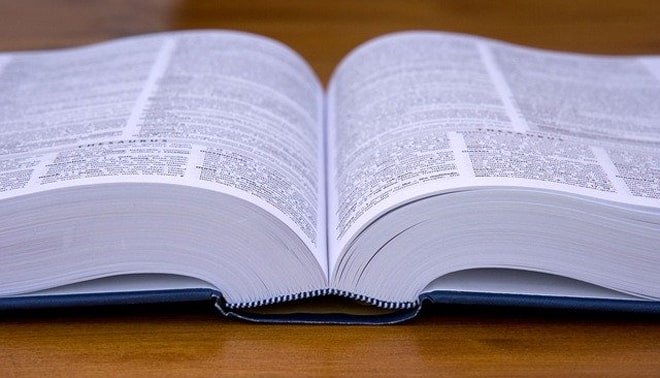If you’ve ever felt overwhelmed by the unfamiliar terms in your genealogy research, you’re not alone. Understanding genealogy terms can be challenging, especially when you come across obscure or old-fashioned words. One solution is to learn how to create your genealogical dictionary. This personalized tool can help you better understand the terms and phrases you encounter as you trace your family history. In this article, we’ll show you how to build your very own genealogical dictionary and how it can make your research much easier.
Why Knowing How to Create Your Genealogical Dictionary Is Helpful
Genealogical research often involves reading old records, such as wills, deeds, or birth certificates. These records sometimes contain terms or phrases that are no longer in common use. Having a dictionary tailored to your specific research needs will allow you to quickly look up unfamiliar words and keep your research organized.
By learning how to create your own genealogical dictionary, you can keep track of terms you encounter frequently. Additionally, it can be a helpful reference for family history documents, allowing you to work more efficiently as you research your ancestry.

Step-by-Step Guide: How to Create Your Own Genealogical Dictionary
- Start by Gathering Resources
The first step in learning how to create your own genealogical dictionary is to gather the resources you will need. Look through your existing family history research and collect any documents or records that contain terms you don’t understand. This could include census records, old letters, wills, or even online genealogy databases.
Once you’ve gathered these materials, make a list of the words or phrases that are unclear to you. Write down the full context in which each term is used, as this will help you understand it better later on.
- Look Up Definitions in Existing Dictionaries
Now that you have your list of terms, start by looking up the definitions of each one in existing resources. You can use online genealogical dictionaries, such as Genealogy.com or The Online Dictionary of Genealogy, to help you understand the meaning of these terms. Write down the definition next to each term you’ve listed.
For terms that are still unclear, search through books, articles, or historical websites. Many historical records or local history books can give more context about certain words. By doing this, you’ll begin building the foundation of your personalized genealogical dictionary.
- Add Historical Context and Explanations
In addition to just defining terms, it’s important to add historical context. Some words, especially those related to old occupations, social titles, or customs, may need extra explanation. For example, terms like “yeoman” or “esquire” have meanings that go beyond a simple definition. Understanding the history behind these words can give you more insight into your ancestors’ lives.
To do this, research the historical period during which the term was used. For example, if you come across an old term related to farming, like “tenant farmer,” look up the farming practices during the period when your ancestor would have used that term. This will help make your dictionary more valuable as a reference.
- Organize Your Dictionary Alphabetically
When you’re learning how to create your own genealogical dictionary, organization is key. Make sure to organize your terms alphabetically so that you can easily find any word when you need it. You can either keep this dictionary in a digital document, such as a Word file or Google Docs, or create a physical notebook where you write down the terms.
If you prefer a digital version, you can add hyperlinks to online resources or books for further reading. Digital formats allow you to update the dictionary easily as you discover new terms in your research.
- Include Synonyms and Variations
Many genealogical terms have synonyms or different spellings that can confuse your research. For example, the term “labourer” might appear as “laborer” in some records. To ensure your dictionary is complete, include all variations and spellings of each term.
This step will help you avoid confusion when reading documents. Adding synonyms and alternate spellings ensures that you can quickly find the information you need, no matter which version of the term appears in your records.
- Review and Update Your Dictionary Regularly
Once you’ve completed the initial version of your genealogical dictionary, don’t stop there. As you continue your research, you will undoubtedly come across new terms. Be sure to update your dictionary regularly with any new words you find. This will keep your dictionary relevant and useful for future research.
Regular updates also give you a chance to revise your definitions. As you learn more about genealogy, you may discover deeper meanings or historical connections that can improve your understanding of certain terms. This process makes your dictionary a living tool, always evolving as your research deepens.
- Use Your Dictionary in Your Research
Now that you’ve created your own genealogical dictionary, it’s time to use it in your research. Keep it close by while working with records, whether they’re old church documents, land deeds, or census records. Whenever you come across a new or unfamiliar term, refer to your dictionary to gain clarity.
This will help you make more sense of your findings and keep your research organized. Over time, your dictionary will become a valuable reference guide for your genealogy journey.
Conclusion: How to Create Your Own Genealogical Dictionary for Better Research
In conclusion, how to create your own genealogical dictionary is an important skill that can make your family history research more manageable and enjoyable. By gathering terms, researching their meanings, and organizing your findings, you will create a personalized tool that helps you understand your ancestors’ lives. Regularly update and use your dictionary to ensure that it stays useful throughout your research process. With this dictionary by your side, you’ll feel more confident and organized as you uncover your family’s past.




